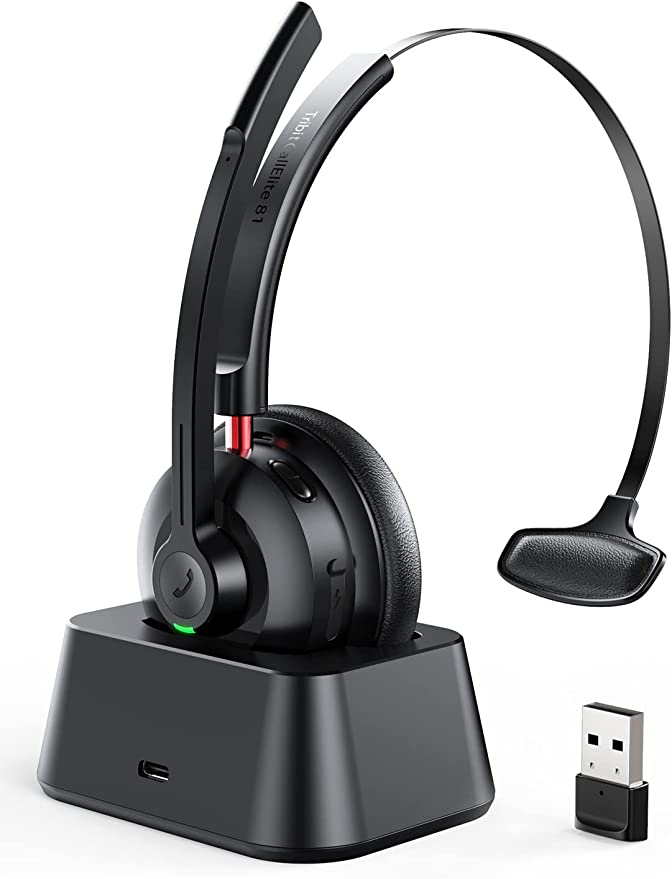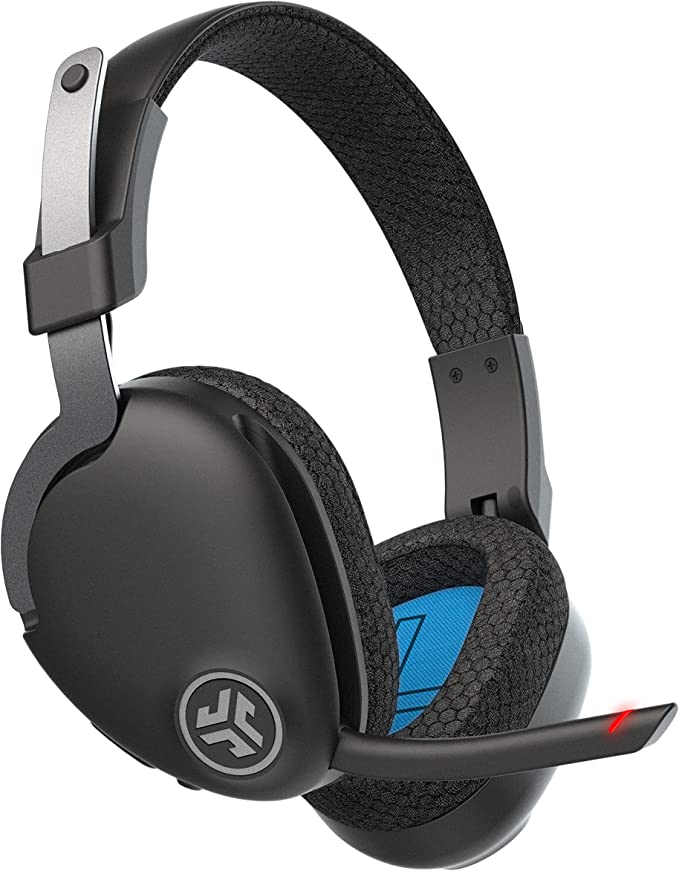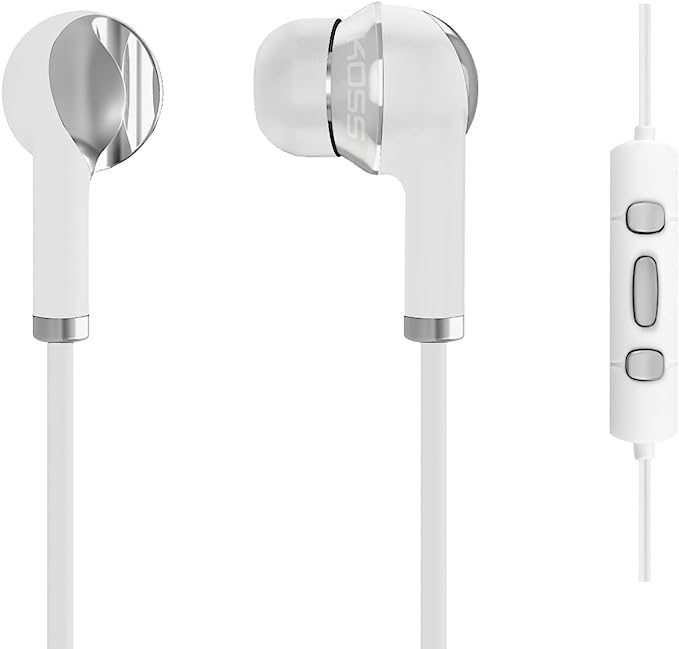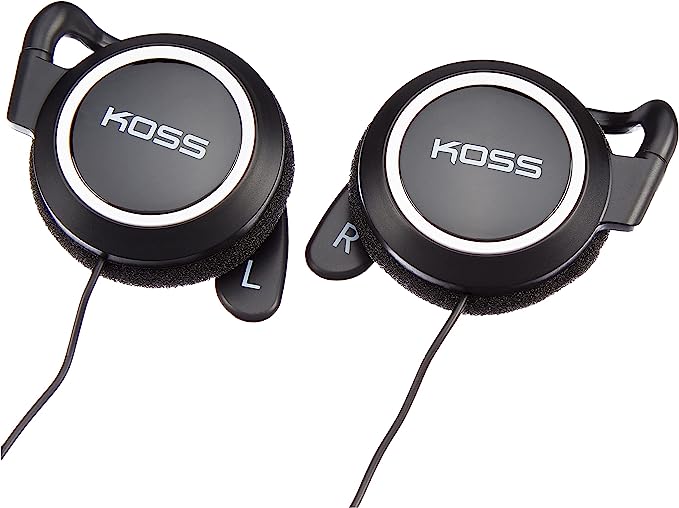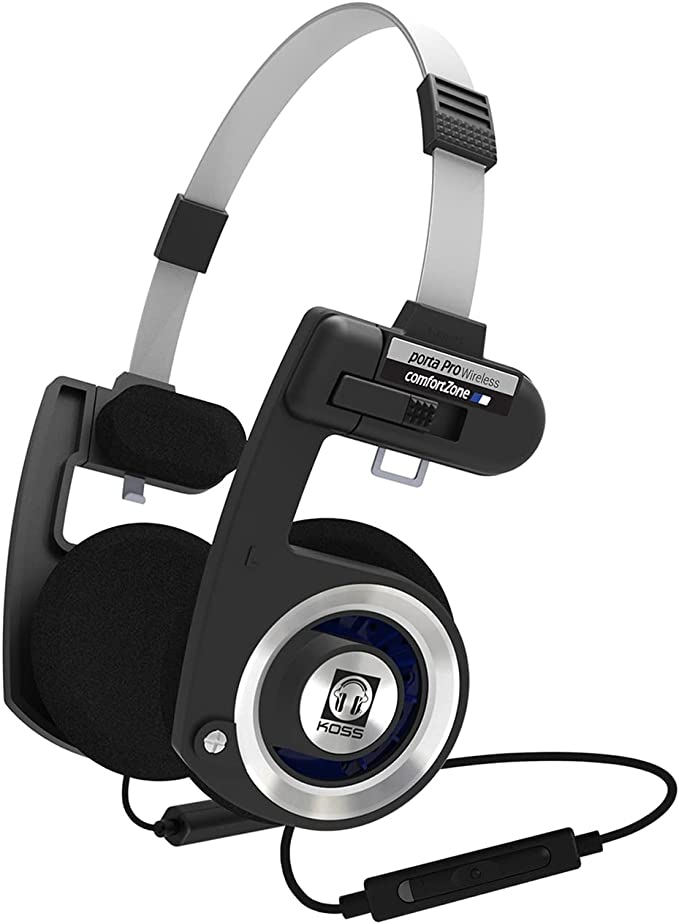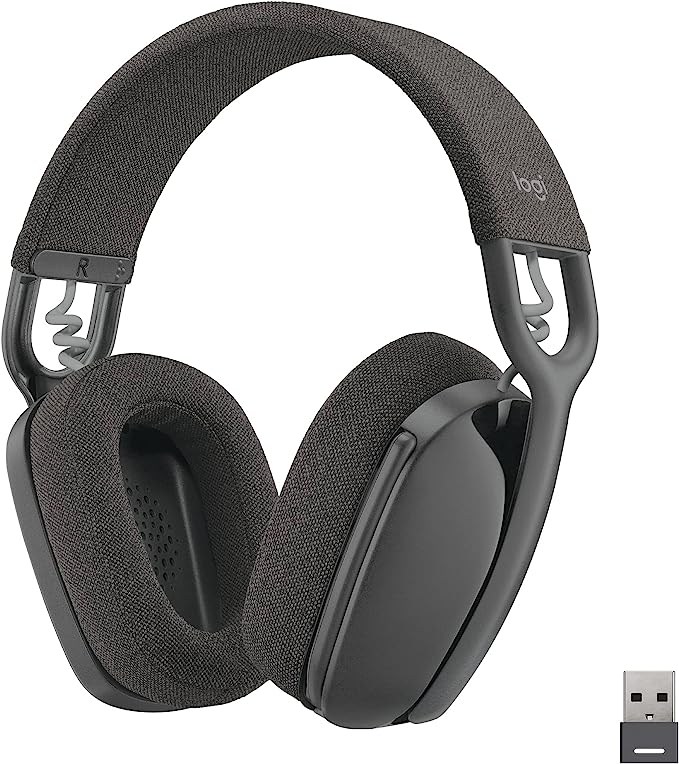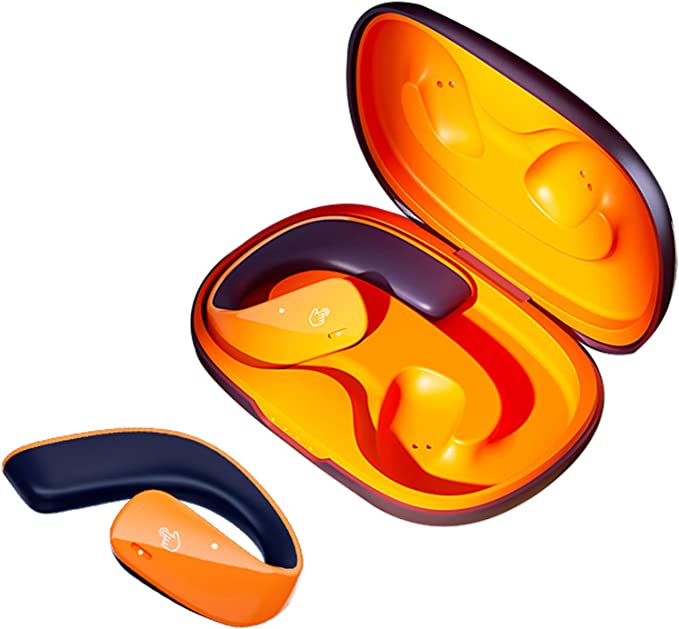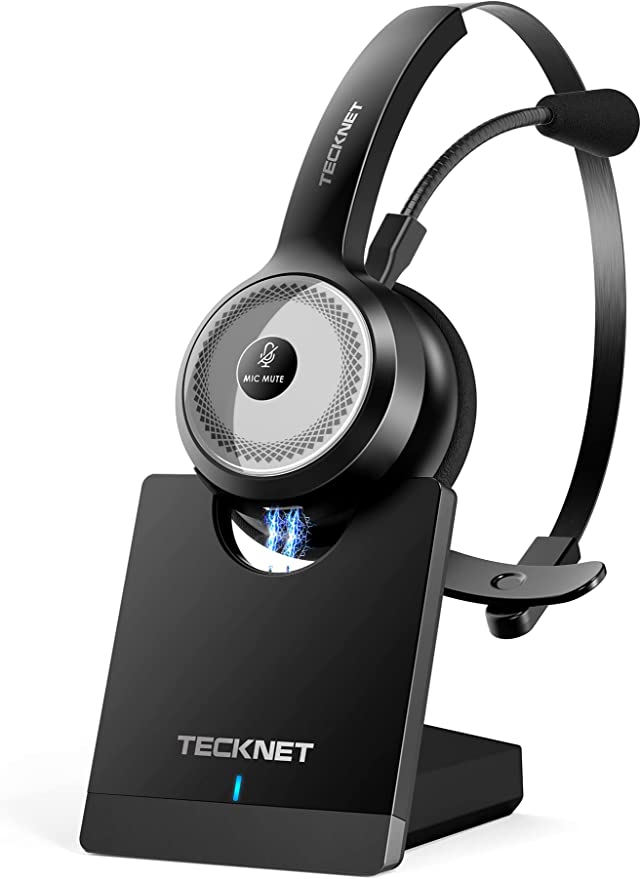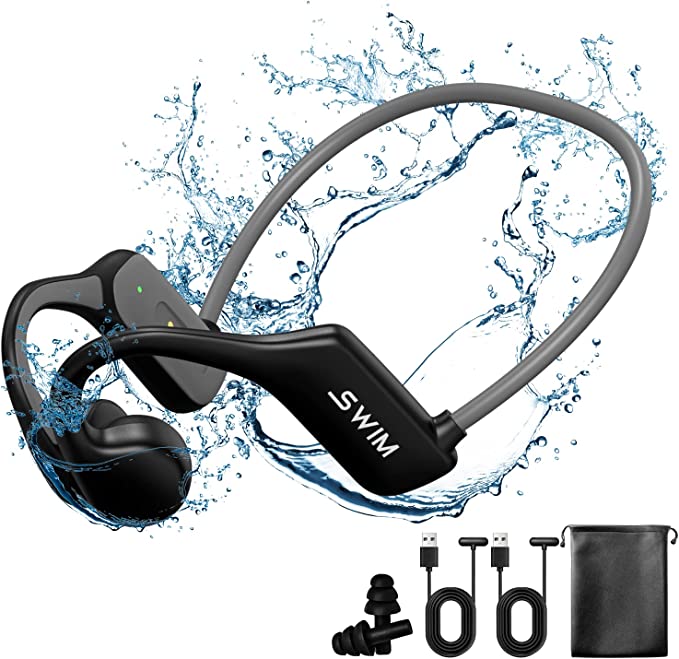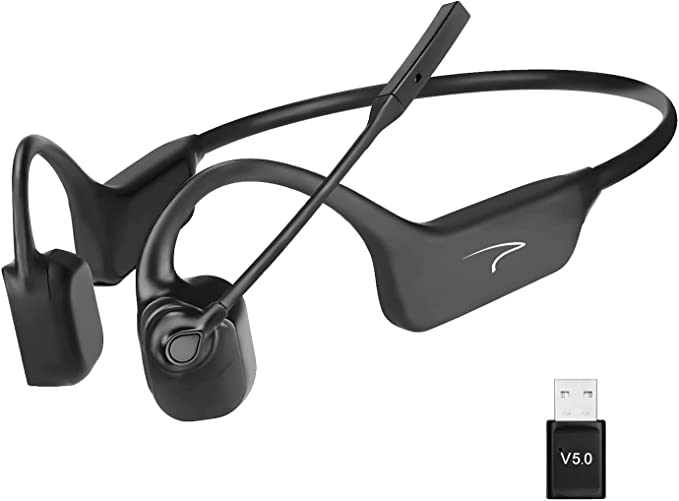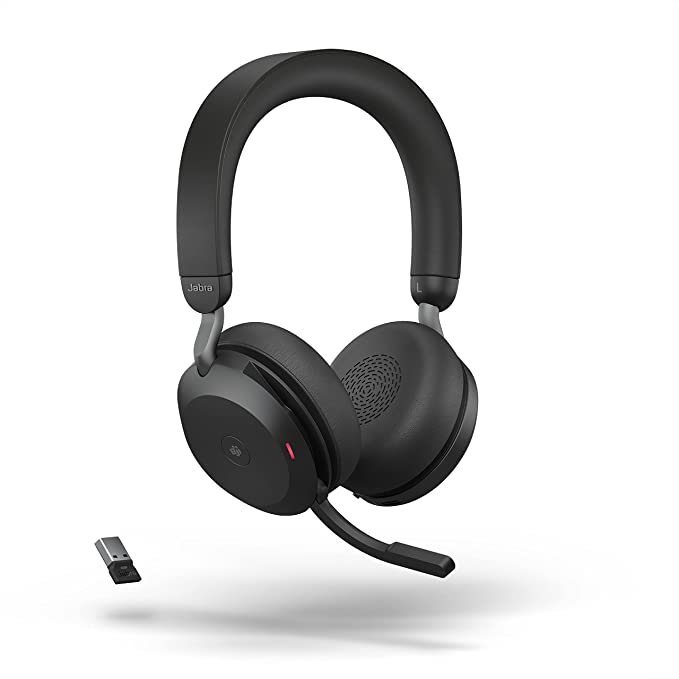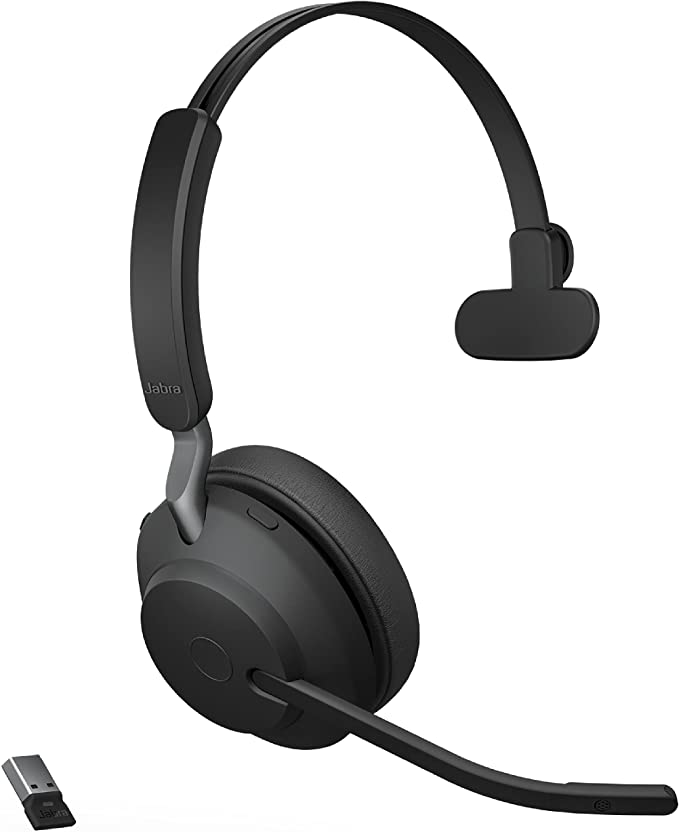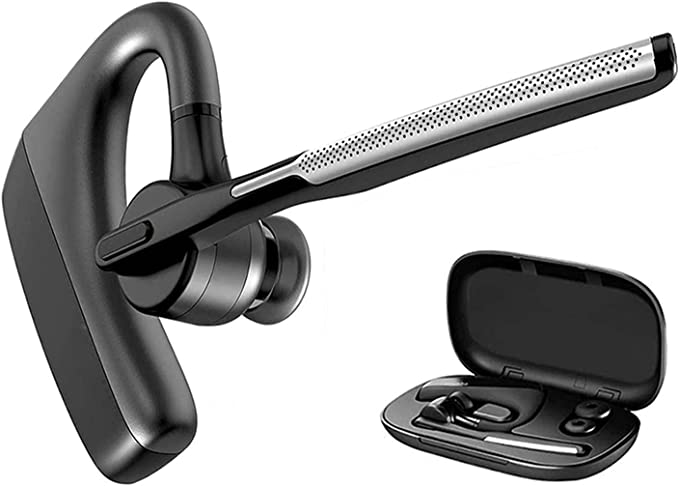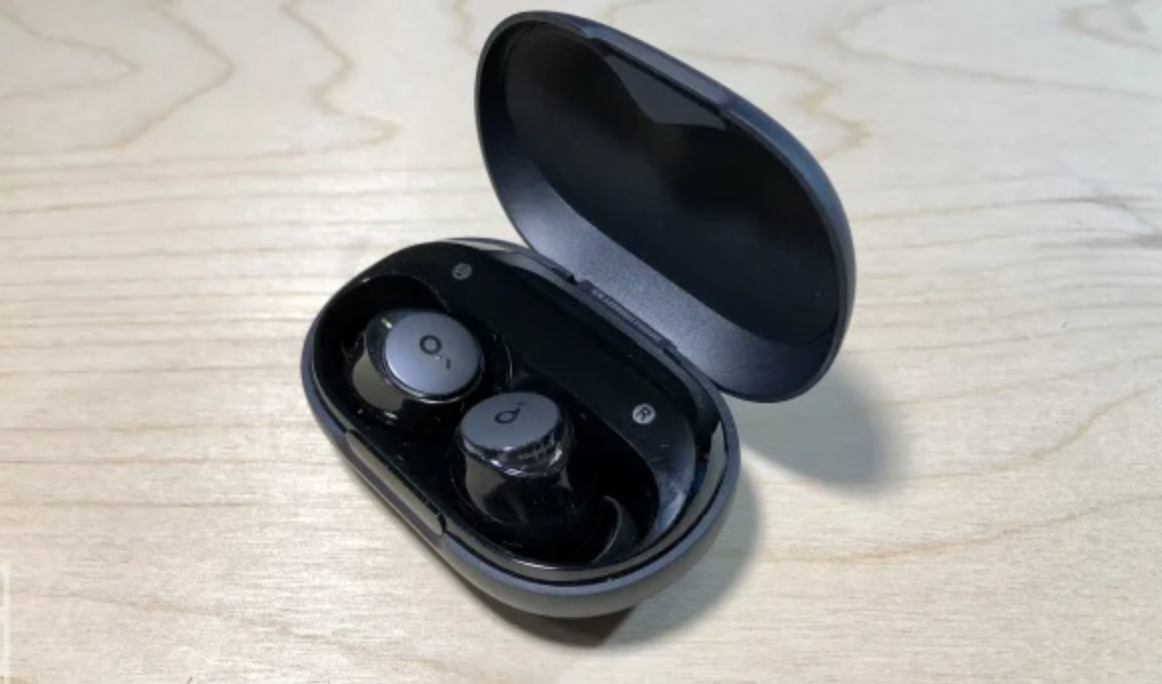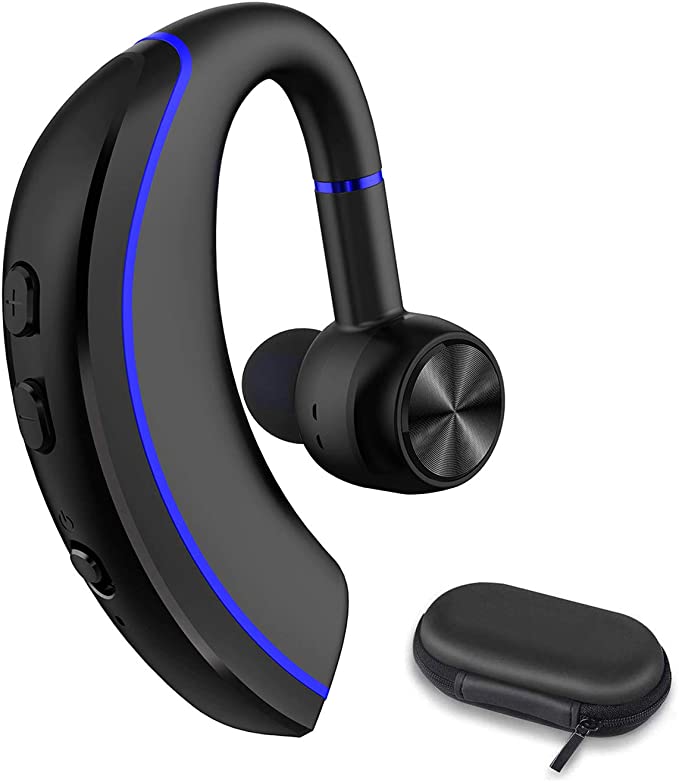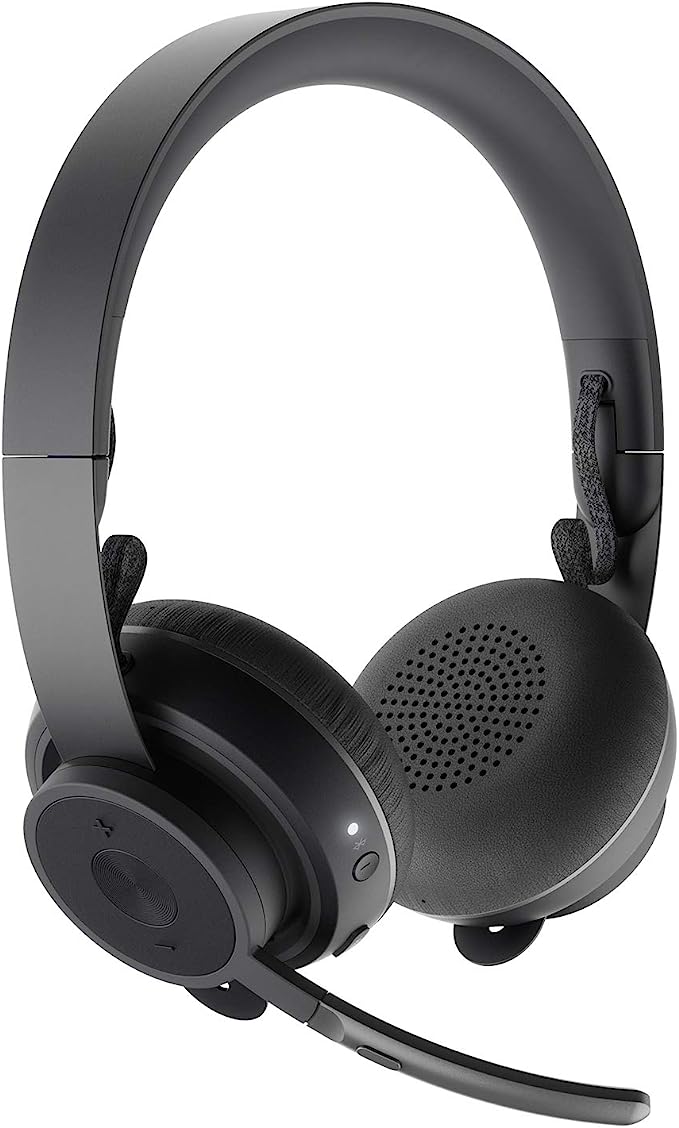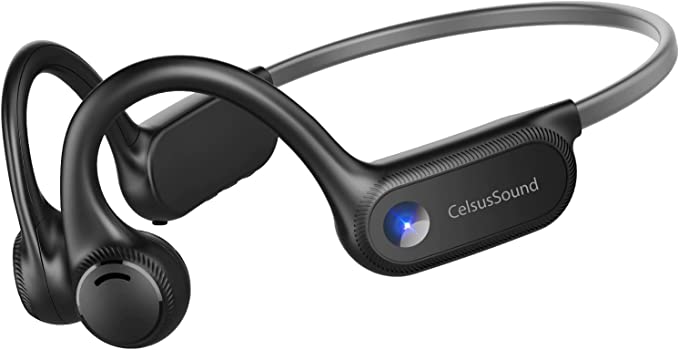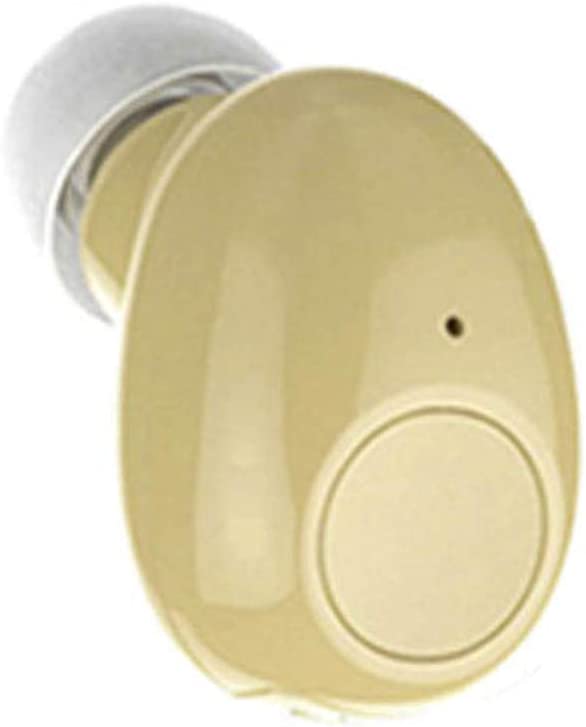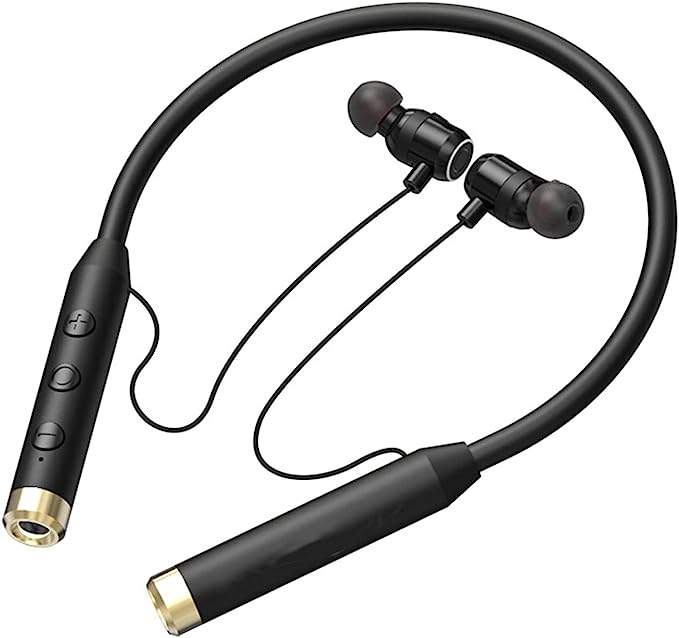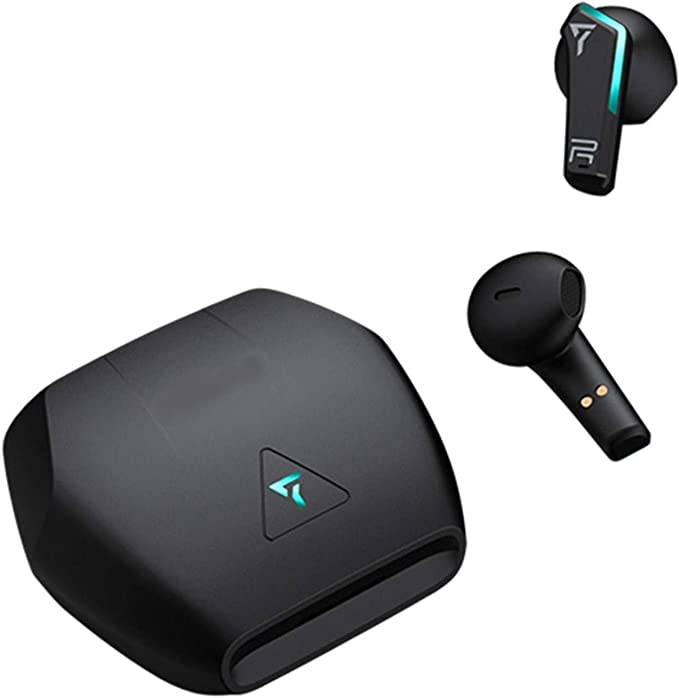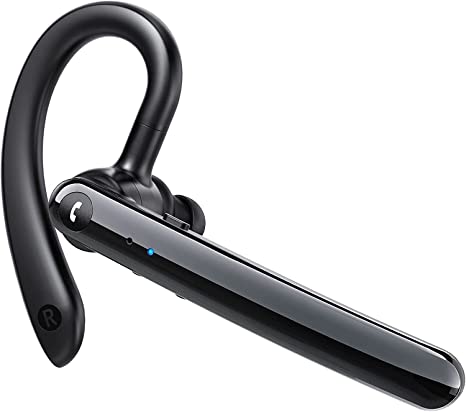Koss CS340BT QZ Wireless Headset: Silence the Noise, Amplify Your Focus
Update on Feb. 19, 2025, 10:14 a.m.
We live in a world saturated with sound. From the gentle hum of a refrigerator to the cacophony of a busy city street, our ears are constantly processing auditory information. While some sounds are pleasant and informative, others – often categorized as noise – can be distracting, stressful, and even harmful to our health. Imagine trying to focus on an important work call while your neighbor’s dog barks incessantly, or attempting to enjoy a peaceful train journey amidst the clatter of fellow passengers. These everyday scenarios highlight our inherent need for moments of quiet and clear communication.

The World of Sound (and Noise)
Before we delve into the fascinating technology of noise cancellation, let’s take a moment to appreciate the basics of sound itself. Sound is, fundamentally, a vibration that travels through a medium, such as air, water, or solids. These vibrations create waves, much like ripples spreading across a pond when you toss in a pebble. These sound waves have several key characteristics:
- Frequency: This refers to the number of vibrations per second, measured in Hertz (Hz). Higher frequency corresponds to higher-pitched sounds (like a whistle), while lower frequency corresponds to lower-pitched sounds (like a bass drum).
- Amplitude: This represents the intensity or “loudness” of the sound, related to the size of the vibration. It’s measured in decibels (dB).
- Wavelength: This is the distance between two successive peaks (or troughs) of the wave.
Our ears are remarkable organs that can detect and interpret these vibrations, allowing us to experience the rich tapestry of sounds around us. However, prolonged exposure to loud noises (high amplitude) can damage the delicate structures within our ears, leading to hearing loss. This is why noise pollution is not just an annoyance; it’s a genuine health concern.
A Brief History of Quieter Living
The quest for quieter environments is not new. For centuries, people have sought ways to reduce unwanted noise. Early methods were primarily passive, relying on physical barriers to block or absorb sound waves. Think of earplugs, thick walls, or heavy curtains. These methods can be effective, but they have limitations. They often block out all sounds, not just the undesirable ones, and they can be bulky or inconvenient.
The real breakthrough came with the advent of active noise cancellation (ANC). The concept was first patented in the 1930s, but it wasn’t until the late 20th century, with the development of advanced electronics and signal processing, that ANC became practical. And Koss, a name synonymous with audio innovation since its invention of the first stereo headphones in 1958, has been at the forefront of this revolution.

Diving Deep into Active Noise Cancellation (ANC)
The core principle behind ANC is remarkably elegant: destructive interference. Let’s return to our pond analogy. Imagine you drop two pebbles into the water simultaneously. If the ripples from each pebble meet perfectly in sync (peak to peak, trough to trough), they will amplify each other – this is constructive interference. But, if the ripples meet out of sync (peak to trough), they will cancel each other out – this is destructive interference.
ANC headphones utilize this principle. They have tiny microphones that “listen” to the ambient noise around you. This noise is then processed by a specialized electronic circuit, which generates an “anti-noise” signal. This anti-noise signal is a mirror image of the original noise wave – it has the same frequency and amplitude, but its phase is inverted (flipped 180 degrees). When the original noise wave and the anti-noise wave are combined (played through the headphone speakers), they effectively cancel each other out, significantly reducing the noise that reaches your ears.
Flavors of ANC: Feedforward, Feedback, and Hybrid
There are three main types of ANC systems, each with its own strengths and weaknesses:
-
Feedforward ANC: In this system, the microphones are placed on the outside of the earcups. They capture the noise before it reaches your ears. This gives the system a slight head start in processing the noise, making it effective at reducing constant, predictable sounds like the drone of an airplane engine. However, feedforward systems can be less effective at dealing with sudden, unpredictable noises.
-
Feedback ANC: Here, the microphones are placed inside the earcup, close to your ear. This allows them to monitor the sound that actually reaches your ear, including any noise that might have leaked past the earcups. Feedback systems are generally better at handling a wider range of noises, but they can sometimes be prone to creating a slight hissing sound.
-
Hybrid ANC: As the name suggests, this system combines the best of both worlds. It uses both external (feedforward) and internal (feedback) microphones. This allows for more comprehensive noise cancellation, effectively reducing both predictable and unpredictable noises across a wider frequency range. This is the most advanced type of ANC.
// Simple Illustration (Can be replaced with a professionally designed graphic)
//
// +-----------------+ +-----------------+ +-----------------+
// | Feedforward ANC | | Feedback ANC | | Hybrid ANC |
// +-----------------+ +-----------------+ +-----------------+
// | Mic (Outside) | | Mic (Inside) | |Mic(Out) Mic(In)|
// | | | | | | | | | |
// | V | | V | | V V |
// | Noise In | | Noise In | | Noise Noise|
// | | | | (What you hear)| | | | |
// | V | | | | | V V |
// | Processing | | Processing | | Processing |
// | | | | | | | | |
// | V | | V | | V |
// | Anti-Noise Out | | Anti-Noise Out | | Anti-Noise Out |
// +-----------------+ +-----------------+ +-----------------+
The Magic of Microphone Arrays
Microphone array enhance noise cancellation capabilities significantly. A microphone array is a group of two or more microphones that work together to pick sounds. These microphones are arranged in a specific configuration,
which allow them to capture audio signals from different directions. The use of multiple microphones brings several advantages.
It improved directionality: by comparing the signals received by each microphone, the system can determine the direction of the sound source.
It improved Signal-to-Noise Ratio: microphone array reduces the impact of background noise.
Beamforming: Focusing on Your Voice
Imagine you’re at a crowded party, trying to have a conversation with a friend. You naturally focus your attention on their voice, filtering out the surrounding chatter. Beamforming technology does something similar, but with microphones.
In a microphone array, beamforming is a signal processing technique that creates a “virtual directional microphone.” By carefully adjusting the timing and amplitude of the signals received by each microphone, the system can create a “beam” of sensitivity that focuses on a particular direction. This allows the system to prioritize the sound coming from the user’s mouth (when speaking) while suppressing sounds coming from other directions (background noise).
Think of it like a spotlight. A regular microphone picks up sound from all directions equally (like a bare lightbulb). A beamforming microphone array, however, can focus its “listening” power in a specific direction, illuminating the desired sound source (your voice) while leaving the background noise in the shadows. This is achieved through clever manipulation of the phase and amplitude of the signals received by each microphone in the array.
Clear Voice Capture (CVC) Technology
While ANC primarily focuses on reducing the noise you hear, Clear Voice Capture (CVC) technology focuses on reducing the noise that the person on the other end of a call hears. It’s all about ensuring your voice is transmitted clearly, even in noisy environments.
CVC uses sophisticated digital signal processing algorithms to analyze the audio signals captured by the microphone array. These algorithms can distinguish between your voice and background noise based on various factors, such as frequency content, direction of arrival, and temporal patterns. Once the noise is identified, it’s suppressed, leaving your voice clean and intelligible.
The algorithms often utilize techniques like:
- Noise Estimation: The system continuously estimates the characteristics of the background noise.
- Spectral Subtraction: This involves subtracting the estimated noise spectrum from the original signal, leaving behind the (hopefully) cleaner voice signal.
- Echo Cancellation: This removes echoes of your voice that might be picked up by the microphone, further improving clarity.
- Automatic Gain Control: It keeps your voice at the best level.

Koss CS340BT QZ: A Case Study
The Koss CS340BT QZ wireless headset serves as an excellent real-world example of how these advanced noise cancellation technologies come together. It utilizes a hybrid ANC system, combining both feedforward and feedback microphones to provide effective noise reduction across a broad range of frequencies. This means it can handle both the constant drone of an airplane engine and the sudden clatter of a dropped dish with relative ease.
Furthermore, the CS340BT QZ incorporates dual-microphone CVC 8.0 technology. This ensures that your voice is transmitted clearly during calls, even if you’re in a noisy environment like a busy street or a crowded café. The microphone array, coupled with beamforming and CVC algorithms, works tirelessly to isolate your voice and suppress background distractions. This feature is, and has always been, highly useful and beneficial to users making calls in all sorts of environments.

It’s important to note that while the CS340BT QZ exemplifies these technologies, we are focusing on the science behind them, not promoting the product itself. The headset serves as a case study, a practical illustration of the principles we’ve discussed. The on-ear design contributes to passive noise isolation, physically blocking some external sounds. The use of Bluetooth 5.0 ensures a stable wireless connection, minimizing audio dropouts and latency. And the option of a wired connection (via the 3.5mm jack) provides flexibility for situations where wireless use is not possible or when the battery is depleted.The USB-C charging port offers convenient and modern charging capabilities.
Beyond the Tech: Real-World Benefits
The benefits of noise cancellation extend far beyond simply reducing unwanted sounds. By creating a quieter, more controlled auditory environment, noise-canceling headphones can:
- Improve Focus and Concentration: Whether you’re working from home, studying in a library, or trying to concentrate on a complex task, noise cancellation can help you minimize distractions and stay on track.
- Reduce Stress and Anxiety: Constant exposure to noise can elevate stress levels. Noise cancellation can create a sense of calm and tranquility, promoting relaxation.
- Enhance Communication: By clarifying your voice and reducing background noise, CVC technology makes it easier to communicate effectively, even in challenging environments.
- Protect Your Hearing: While not a primary function of ANC, reducing the overall volume of sound reaching your ears can help protect your hearing in the long run. Especially in a loud setting, ANC helps the user avoid the temptation to turn up the volume excessively in an attempt to drown out external noise.
- Improve sleep quality: A quiet enviorment is paramount to guarantee a good night of sleep.
Consider these scenarios:
- The Remote Worker: Imagine working from home with children playing, dogs barking, or construction noise outside. Noise-canceling headphones can create a virtual “office” of focused silence.
- The Commuter: A noisy train or bus ride can be transformed into a peaceful oasis for listening to music, podcasts, or audiobooks.
- The Student: Studying in a crowded library or dorm room becomes much easier with the ability to block out distractions.
- The Frequent Flyer: Long flights become more bearable, allowing for rest and relaxation without the constant drone of the engines.

The Future of Quiet
Noise cancellation technology is constantly evolving. Researchers are exploring new algorithms, materials, and designs to create even more effective and comfortable noise-canceling headphones. Some future trends include:
- Adaptive ANC: Systems that automatically adjust the level of noise cancellation based on the surrounding environment.
- Personalized ANC: Systems that tailor the noise cancellation profile to the individual user’s ear shape and hearing characteristics.
- AI-powered Noise Cancellation: Using artificial intelligence to identify and suppress specific types of noise more effectively.
- Integration with Other Technologies: Combining noise cancellation with features like augmented reality and voice assistants.
Protect your hearing.
Hearing protection is an often-overlooked aspect of overall health. Consistent exposure to loud noises, even at seemingly moderate levels, can gradually lead to permanent hearing damage. It’s crucial to be mindful of the volume levels we expose ourselves to daily, whether from headphones, concerts, or environmental noise.
Here are some practical tips for safeguarding your hearing:
- The 60/60 Rule: When using headphones, keep the volume at no more than 60% of the maximum and limit listening time to 60 minutes per session.
- Use Hearing Protection: In loud environments like concerts or construction sites, wear earplugs or earmuffs.
- Regular Hearing Checkups: Get your hearing tested regularly, especially if you’re exposed to loud noises frequently or notice any changes in your hearing.
- Be Mindful of Environmental Noise: Take steps to reduce your exposure to loud noises in your daily life, such as avoiding noisy areas or using noise-reducing curtains or windows.
By understanding the science of sound and taking proactive steps to protect our hearing, we can enjoy the benefits of audio technology while safeguarding this precious sense. The Koss CS340BT QZ, with its noise-canceling capabilities, can play a part in this by allowing you to listen at lower, safer volumes.
In conclusion, noise cancellation technology is a remarkable blend of physics, engineering, and signal processing. It allows us to control our auditory environment, enhancing focus, communication, and overall well-being. And while the Koss CS340BT QZ provides a tangible example of these technologies at work, the underlying scientific principles are what truly fascinate and empower us to shape our sonic world.
